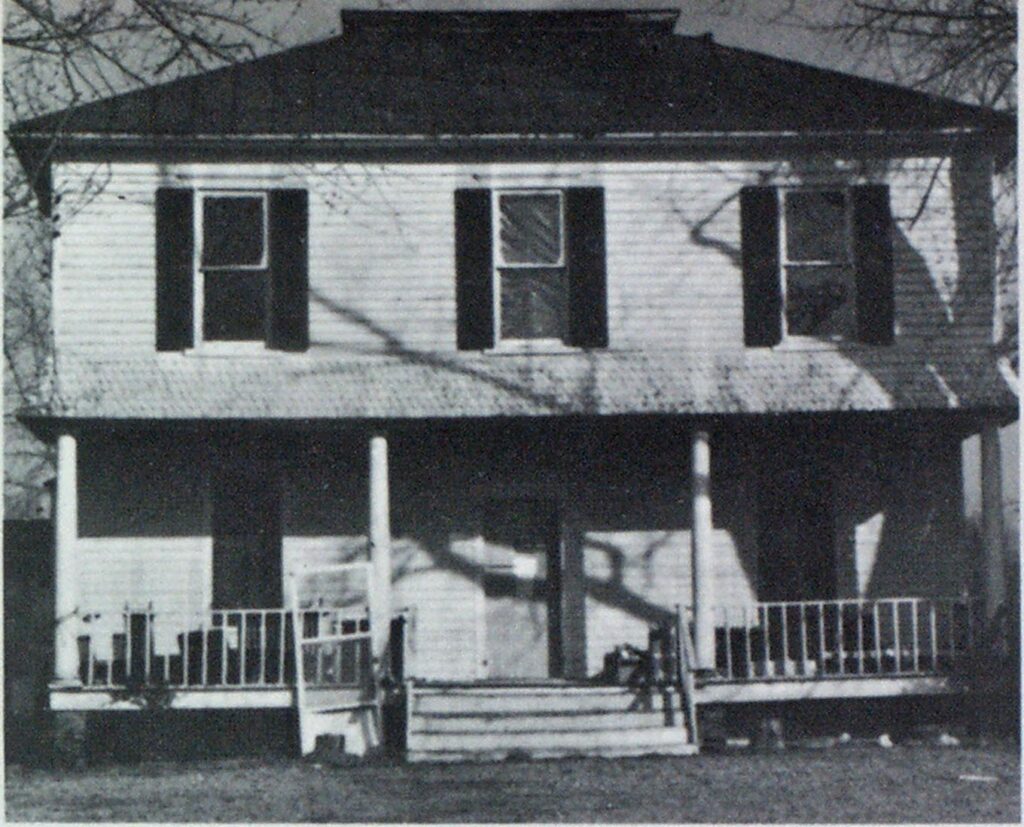
SCBA Training Maze Created With Donated Help and Other Local Help


By maintaining contacts and a spirit of cooperation with the private sector, the Fairfax City, Va., Fire and Rescue Service was recently able to begin operating a new breathing apparatus training maze, even in a tight-money economy. With limited funds, but with other resources, the fire department gained an important and useful facility.
Generous outside assistance began last January when the Fairfax Hospital Association offered the use of a soonto-be-razed house for fire department training. Fairfax City’s training officer, Lieutenant Joseph R. Bailey, gratefully accepted and processed the necessary paperwork for the training to begin. Bailey made notifications to and obtained permits from several city and state agencies such as zoning, health, police and environmental protection. Next, he contacted this author for some assistance in planning advanced breathing apparatus training. At that point the idea of a maze was born, but many details remained to be worked out. A major problem, of course, was how to pay for the needed construction.

Helping hands
It just so happened that the department had recently made contact with the Northern Virginia Home Builders Association, which had been involved in an extensive first-aid/CPR course offered by the EMS division of the department. This training was under the direction of Lieutenant Donald R. Barklage, the EMS officer. Barklage contacted the association to obtain some used building materials, and the response was tremendous! Not only did the Northern Home Builders Association supply the needed materials, but also a crew of apprentice carpenters to construct the maze.
It was to be a cooperative project of mutual benefit. The association operates an apprenticeship program for unemployed and unskilled Fairfax County residents. Each apprenticeship class must complete a job site project to graduate from the course, and the construction of this training aid became the class project. A crew of 11 “recruit” carpenters under the supervision of their instructor, Charles Paul, began construction on March 2. After about three weeks of the crew’s hard labor, the department had an excellent training aid while the Northern Virginia Home Builders completed a successful job site project.
A slight setback occurred when the occupancy was broken into. Intruders removed the stair bannister and broke the staircase stringer. Other items which were on the site at various times for use in the project, but not removed, were 235 10-foot 2x4s, 200 pounds of nails, 50 sheets of masonite and 20 sheets of plywood, plus many smaller items. All fire departments are advised to consider security needs when building any facility.

Training begins
Soon after completion, volunteer and career department members participated in four initial four-hour training sessions, working out the hugs and preparing the instructors. The word went out and Virginia Fire Service Training scheduled two regional fire schools using the facility. Many local fire companies, both paid and volunteer, have asked for a time slot to use the maze. Every request for the training will be satisfied. Over the next several months a projected figure of 750 fire fighters will participate.
The maze was designed to provide advanced breathing apparatus training under difficult and realistic conditions, going far beyond what what was possible in a classroom lecture or simple fire station evolution. The course consists of a three-part lesson. Fust, a one-hour lecture prepares the student to tackle the maze. Next is the actual maze evolution, followed by a clean-up session and brief critique.
Five qualified Virginia state instructors operate this training exercise. They constantly monitor each student’s progress and performance. At the critique, instructors make comments regarding the entire group’s performance.
The instructors are responsible for student safety. This is accomplished through a detailed lecture before the student begins the course and the use by instructors, as necessary, of access panels to the maze. All instructors have flashlights to assist them in carrying out their duties.
Maze layout
Entering the building, the student is confronted with a diminishing-clearance obstacle. The ceiling level gradually lowers from 7 feet to 30 inches along a 15-foot path. Next, the student enters a hallway leading to a 33-inch-high platform. The student must climb up the platform and make a sharp left turn. This is followed by a 7-foot angled incline (up and over).
After another sharp left turn, the student must lower himself from a 33inch dropoff. Following the drop, the student finds himself in a 31 x 33 x 36-inch tunnel extending 10 feet into a closet area. He must then find a permanently attached ladder to climb to the second floor. The student then exits the ladder to the right to find another tunnel run like the one before.
After leaving the tunneled area, the student finds a hose line to guide his travels. The hose leads into a small room containing a typical house electrical panel and gas meter mock-up. The student is instructed to shut off both utilities then continue following the hose line.
The next task is to pass through a 30-inch-diameter vertical hole in a side wall. To perform this portion, the student must remove his SCBA backpack (keeping the facepiece on) and pass through the opening. From the other side he reaches back to retrieve his pack, and redons it.
The hose line enters a spiral staircase leading downstairs into a kitchen area. There is a low-air-pressure warning device attached to the wall at this point. The instructor can sound the alarm and test the reaction of the student to this signal. Finally, the hose line reaches the back porch area, ending the course.

